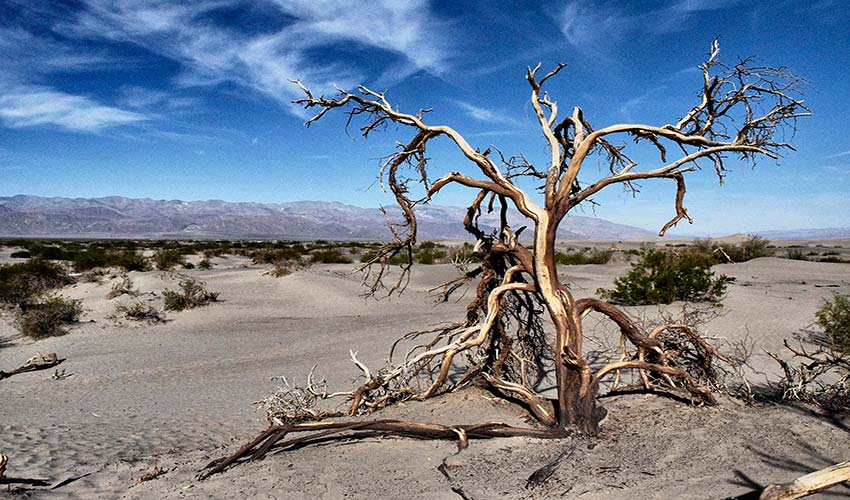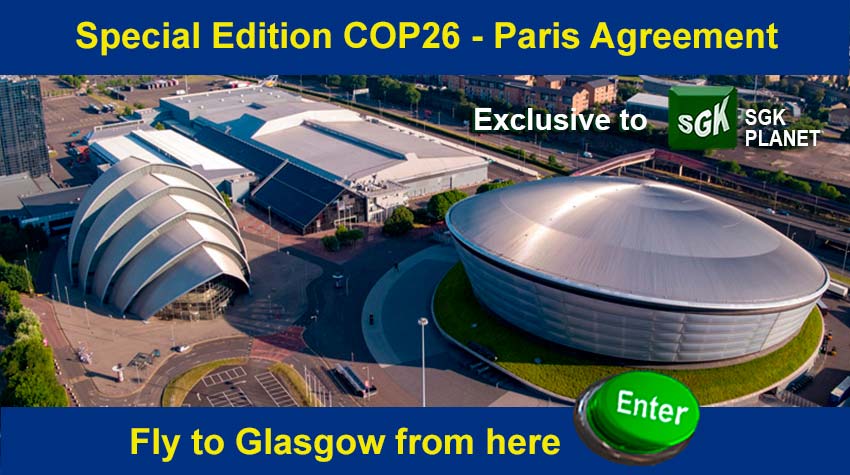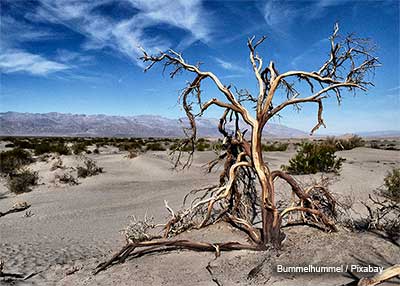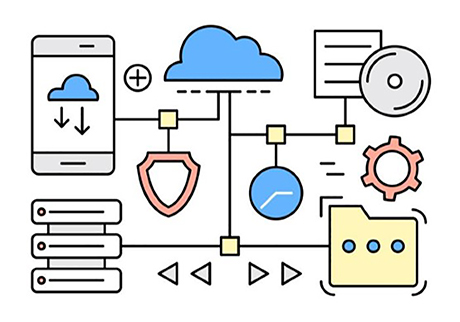FAQs about Desertification

Source: Bummelhummel en Pixabay
7. What is overgrazing and how does desertification impact?
Overgrazing can be defined as the overuse of vegetable forage in some area, caused by an exaggerated number of head of cattle or excessive concentration of animals for a long time in the same place. This prevents normal plant growth and loss of soil renewal capacity.
According to a report by the Food and Agriculture Organization of the United Nations (FAO), herds at the same time cause large-scale damage to the soil, with about 20 percent of grasslands degraded due to overgrazing, compaction, and erosion. This figure is even higher in drylands, where erroneous policies and inadequate livestock management have contributed to the advance of desertification.
The aforementioned report also indicates that “the livestock sector is the fastest growing in the world compared to other agricultural sectors. It is the means of subsistence for 1.3 billion people and accounts for 40 percent of world agricultural production. For many poor farmers in developing countries, livestock is also a source of energy as pulling power and an essential source of organic fertilizer for crops.”
But this rapid development comes at a high price for the environment. According to the report “Livestock’s long shadow – environmental issues and options“, also from the FAO, “the environmental cost for each livestock production unit has to be cut in half, just to prevent the situation from worsening”, such as said document warns.





